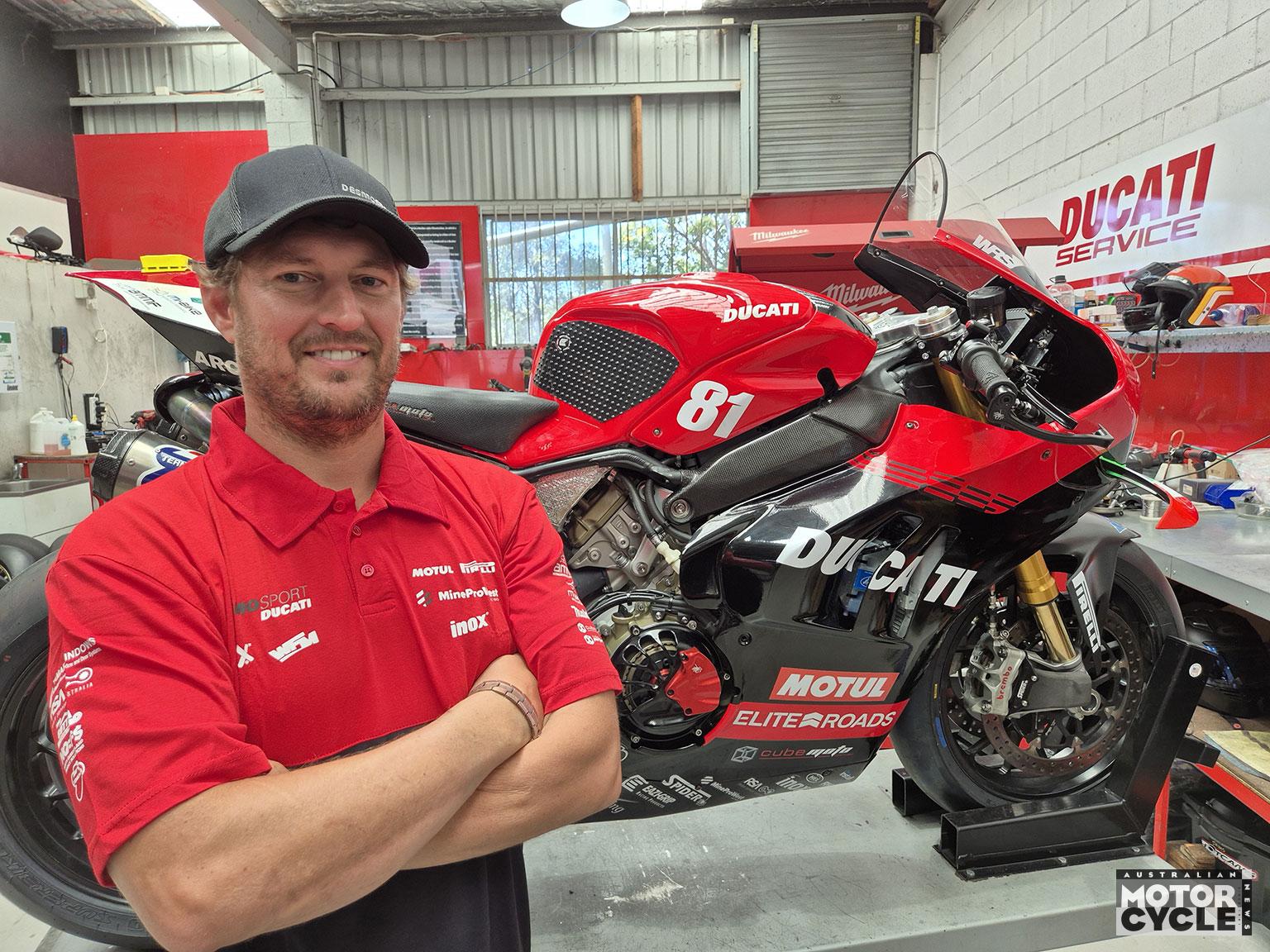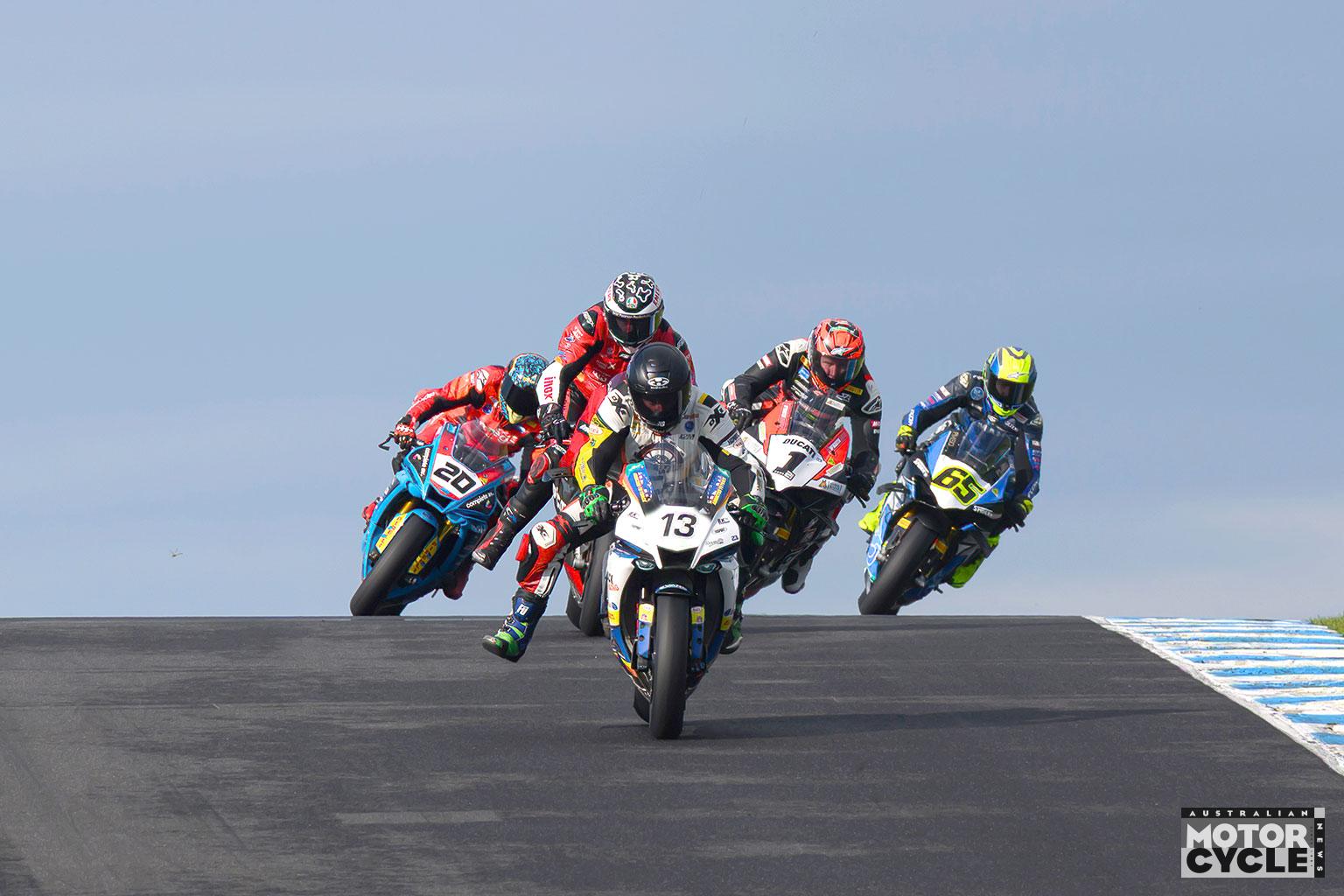Is ASBK tech parity achievable? The Australian Superbike Championship is approaching a set of crossroads that’s got teams and riders on edge. It’s the performance balancing conundrum.
After after a 10-week break, the Australian Superbike Championship (ASBK) resumed in mid-July 2024 at Morgan Park in Queensland. It was a long wait to go racing again but there were some captivating events off track during the interlude to hold our interest. Of note, we saw the withdrawal of the Mectronik ECU from the Supersport championship, a piece of equipment solely campaigned by Tom Toparis and Robbie Bolger’s Stop & Seal team. That ECU was sensationally reinstated after Bolger initiated legal proceedings against Motorcycling Australia through the National Sports Tribunal. The MA bulletin addressing the matter read: ‘The initial determination, although valid and within power, has been deferred in the best interests of the Sport.’
The initial ruling to rescind the 2018 homologation of the Mectronik ECU for use by the Yamaha YZF-R6 was met with solid determination from Bolger to overturn the decision.

A group of competitors who felt Toparis had an unfair advantage had petitioned MA to reconsider the homologation after Round 3 at Queensland Raceway, and it was agreed it would remove the component from competition.
“For MA to carry out a decision to permanently deprive somebody, there needs to be a legitimate test – you can’t make a decision based on an assumption,” Bolger said. “What MA did, they were quite within their rights to do, provided a proper process was followed – even though we felt the mid-year timing of that decision was out of line.
“We’d spent considerable time and money to prepare Tom’s R6 to run the Mectronik ECU. It wasn’t a loophole, it was clearly allowed in the rules and we are aware the performance advantage is not always obvious. The map in his ECU didn’t give us extra horsepower, it is about power management.
“I’m all for the rules, and if we were doing something wrong, whack us. Don’t make it a witch hunt. (The Mectronik ECU) is not easy to use and we would all collectively learn if everybody had it. If you’re afraid of something, you’ll never improve. I don’t want to turn up to make up the numbers.
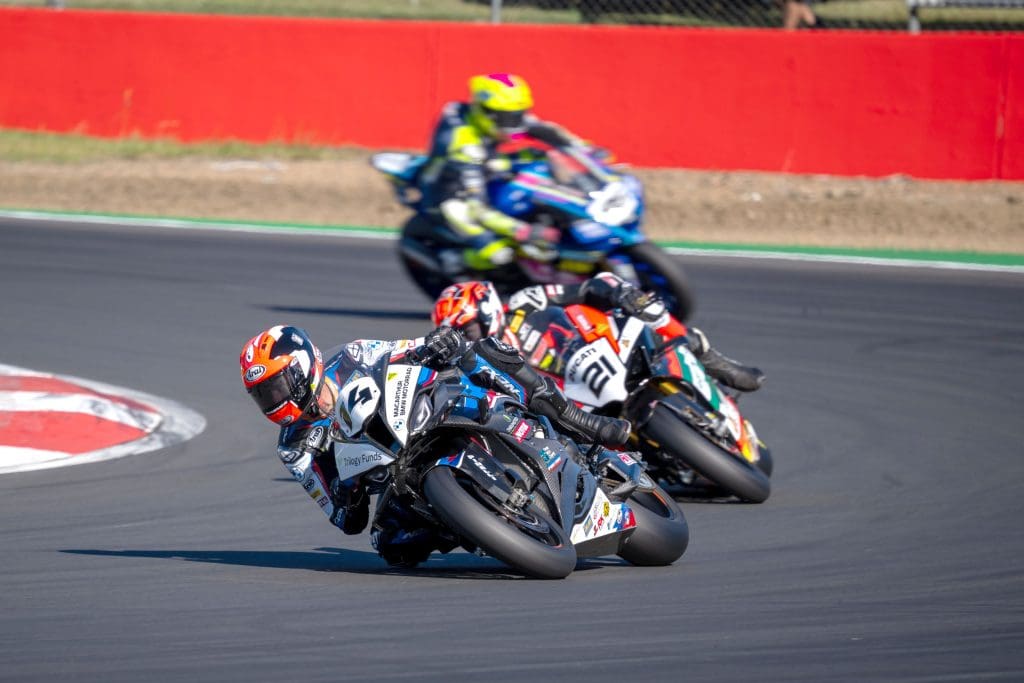
“We also need to narrow the gap so when kids go overseas, they aren’t out of their depth. You don’t get many chances in Europe. If we want another Beattie, Doohan, Gardner or Stoner, we’ve got to move on from dumbed-down components.”
Bolger also argued that sooner or later, the R6 would be discontinued and Yamaha would submit the YZF-R9 or something similar as its Supersport machine. This would mean MA would be forced to go down the path of Next Generation Supersport rules being used in World Supersport, BSB and Moto America. Because the Mectronik ECU is used to reach parity among the wildly varying configuration of motorcycles raced in this class around the world, then every team – from well-resourced outfits through to mum-and-dad teams, would have to know how to use the Mectronik ECU – and that takes time.
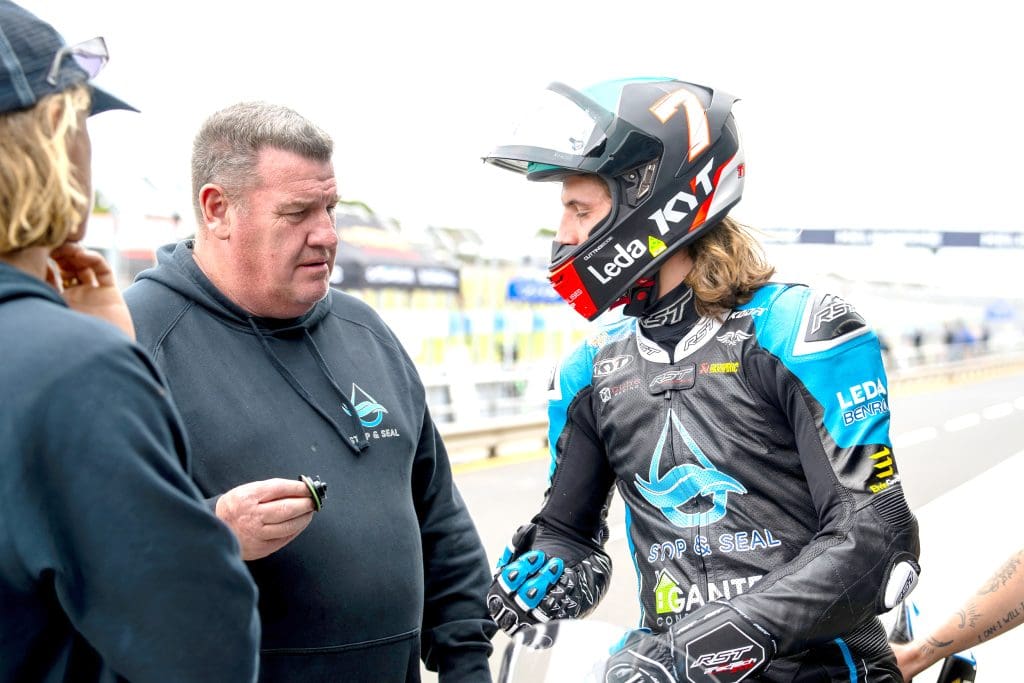
FOR THE SHOW
The whole incident raised some interesting questions. Should rules be changed mid-season? Should any form of performance balancing be implemented at all?
Cast your mind back to the dominant years of Jonathan Rea and the Kawasaki Racing Team towards the end of last decade. In the 76 races between the 2015 curtain raiser at Phillip Island and the 2017 season-ending round in Qatar, Rea found himself off the podium on just eight occasions. As a result, parity regulations were implemented for the 2018 season which, among other things, included various reductions in maximum rpm applied to each manufacturer. Unsurprisingly Kawasaki (and Aprilia) were hit the hardest.
And while it only took Rea a couple of rounds to get back to his winning ways, when Marco Melandri – who had only stood on the top step of the podium once during the 2017 season – celebrated both victories at the season opener in Phillip Island, there was a widely held view that the newly introduced rules were taking some of the shine off the championship.
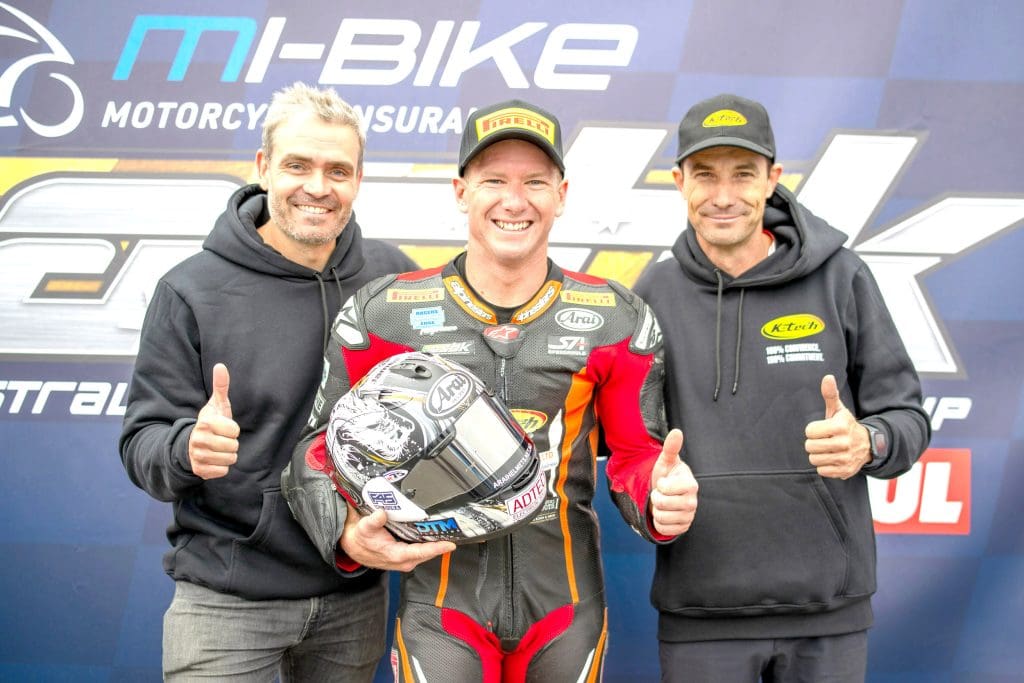
RPM CUTS FOR ASBK?
So just as the dust begins to settle on the saga surrounding Stop & Seal and the Mectronic ECU, rumours have begun to surface saying if a Ducati V4 R wins again at Morgan Park’s Round 4, it too might be penalised with a 500rpm maximum rev restriction. Previously in ASBK, the idea of this type of performance balancing had only been floated via a move to a control ECU. A move, you’d imagine, that would have to be agreed to by all teams well ahead of a new season.
Given the recent Supersport ECU development, these rumours raised more questions; how is the level of dominance being measured before rpm limiting restrictions are handed down? Nobody seemed to know, least of all the boss of the team doing all the winning, Craig McMartin.
“We wouldn’t have the money to fight anything in court; we’d just have to wear it,” he told AMCN ahead of Round 4. “But the biggest problem we face is overheating. We need a bigger radiator. At the moment, if we overheat an engine it has to be thrown away. That’s a huge cost for a small team to bear.”
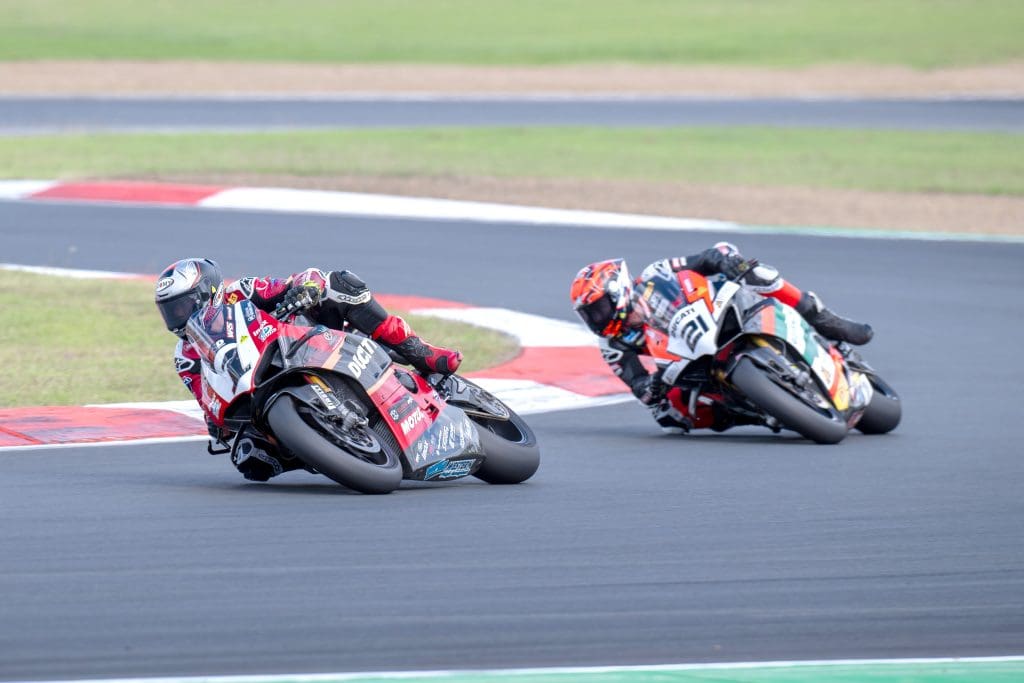
PROPER PROCESS
Sometimes rules can be changed. The process is that a request is heard by the technical group, that then goes to the Road Racing Commission to be sanctioned and then passed by the MA executive. Larger radiators have been sanctioned by the commission but not implemented. It was just like Yamaha had a request denied for a modified rear linkage which would have given the team more options to generate mechanical grip.
MA has stuck with the ideology of a formula that is as close to production as possible, and even with the benefit of hindsight, it’s hard to argue the quality of racing in Australia for the last decade or so has been nothing short of exceptional.

But as every year passes, we are dealing with increasingly complex (and expensive) machinery that is sensitive to things like the Australian heat.
Do we keep letting engines blow? Should manufacturers fit larger radiators as standard to satisfy the hot Australian climate? It’s a tricky business and it’s difficult to please everybody, so AMCN asked a few key figures in the paddock for their views. And, while all three people were happy to go on the record, by not naming them there can be no assumptions made based on their perceived agendas.

OPINIONS FROM THE PADDOCK
SUPERBIKE RACER X

“If somebody is on a bike that is faster than yours and it’s within the rules and they beat you, then sometimes that’s just the way it is and you have to accept that. But there have been times when I’ve been on a slower bike and I’ve won – and that feels amazing!
“It’s a very difficult subject because sometimes creating a level playing field defeats the purpose of going racing. Racing is supposed to be about who has the best equipment, who is the best rider and who can bring that package together in the best way possible. Sometimes when you have a guy who is the better rider but not on the best bike – or vice versa – that can produce the most interesting racing. So if you’ve got the best rider on the best bike, that’s when it gets really hard!
“Essentially, we’re in the entertainment industry. If one guy is running away with every race, well it’s not entertaining when you know what the result is going to be. In ASBK at the moment, you don’t really know who is going to win. But where do you draw the line with performance balancing?
“There’s performance balancing in the rules to start with. To my mind, you set the rules or formula at an agreed base level, and then it’s up to manufacturers and teams to make the most of the situation. If you start saying ‘these guys are doing too good a job at getting the best out of the rules, so we’re going to change them a little bit…’, it doesn’t make sense to me.”
TEAM OWNER X

“I’ve got really strong thoughts on this. With the Mectronik issue, MA failed to follow their own process. I see the same thing happening with the Ducati issue because there is no process in place to performance balance. If there was a prescribed process in place, then I’d have no problem following it – but we don’t have that. I also feel there is a distinct lack of respect from our organisers for the money being contributed by teams.
“ In this case, for MA to change rules at a whim shows a lack of respect for the Stop & Seal investment. Do they change things at the end of the year? Well, that’s what they should do. I don’t feel the organisers have the capacity to effectively manage their own rules – they don’t have the personnel or the tools at the moment.
“I think we should be referencing a standard set of rules that is globally acknowledged. For example, we’ve been asking for larger radiators for two years now, only to learn that the Road Race Commission approved a racing-style radiator for use at the end of 2023. MA then decided not to implement this. So why have a Road Race Commission if its recommendations and opinions are going to be discarded?
“The reason I want a large radiator is because my bikes all run hot and I’ve just cooked my fourth engine in two years, which cost me between $15k and $18k each – over $60k all up. If I spend $4k on a radiator I won’t overheat engines – but MA’s reasoning for not allowing radiators is that they are saving the paddock money. There needs to be more transparency.”
SUPERSPORT RACER X

“I think what’s happened with the Mectronik issue is no one’s fault, really. Maybe more development and research needs to be done in the preseason – but that’s difficult in itself; that takes time, money and people.
“Performance balancing is one of those things that you might always be chasing a correct answer for, it’s that tricky. With the Mectronik situation, I can see why Robbie did it and if I was in his position I would have done the same thing. But it does make it hard for the mum-and-dad teams that don’t have that kind of budget.
“I wasn’t really aware we could even run that ECU. We didn’t look that closely into the rules. As for a performance advantage, over one lap you would barely notice anything – and it’s not about horsepower – but there may be an advantage managing grip over race distance. We’re all trying to develop as younger riders, and that might involve being ready to perform in Europe – but in Australia I don’t think we really have enough people on hand yet to best use that type of equipment. I think Motorcycling Australia do a really good job for the amount of resources and people they have. We are not resourced in Australia to the same level as governing bodies in Europe, unfortunately. As for the idea of performance balancing using rpm limits, it’s a tough one! It’d depend what bike
I was riding at the time!”
